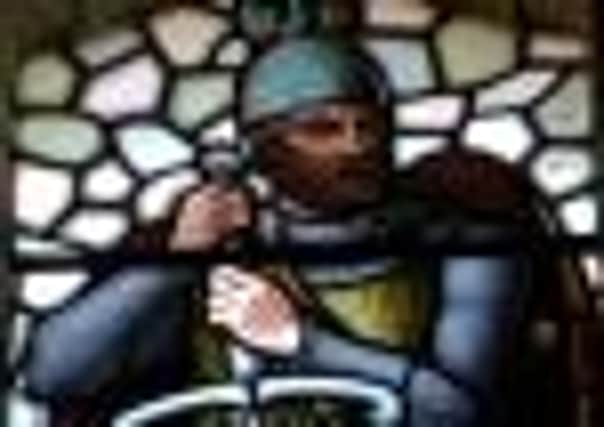Medieval Scots come back to life in online database


A private life is seemingly a thing belonging to those of the past. Or is it?
Apparently not. The public now have access to the lives and movements of thousands of people from a fundamental period in Scottish history.
Advertisement
Hide AdAdvertisement
Hide AdThe People of Medieval Scotland (PoMS) is a new online database compiled by Glasgow University which contains documents written over a period of more than 200 years, between 1093 and 1314, charting the story of Scotland’s transformation from a land of patchwork regions to an established, independent kingdom with fixed borders and developing governments.


PoMS records each time an individual is mentioned within a document and the context in which they appear. It then automatically cross references them with all of the individual’s other appearances so that site users can develop an accurate picture of medieval, social and political relationships and investigate the key figures involved in the evolution of the cultural landscape of the time. Plenty of opportunity for a Facebook-style nosey around.
The database mentions 21,000 medieval people who were involved in actions in Scotland, or relating to Scotland, across 8,600 documents. But to save you from a mammoth trawling session we have chosen our top five from the site for you to follow:
Andrew Moray
Andrew Moray led the rising against Edward I in the north at the same time as William Wallace’s army struck in the south and Lanark. The two men formed an alliance and joined forces in 1297 and historians believe that he compiled the battle plan, chose the ground and decided the tactics for the Battle of Stirling Bridge, in which he lost his life.
William Wallace
Wallace is the world famous, national hero who led the Scottish rebellion against Edward I to secure the famous defeat of the English army at the Battle of Stirling Bridge in 1297. The Scottish and English armies met again the following year but this time, the Scottish army accepted defeat. Edward I offered a large reward for the killing or capture of William Wallace. He was eventually seized near Glasgow in 1305 before being transported to London where he was charged and tried with treason. He was then executed and hung, drawn and quartered. His head was placed on London Bridge and his limbs were put on display in Newcastle, Berwick, Stirling and Perth.
Robert the Bruce
Robert the Bruce was chosen to be crowned King of Scots and lead the fight for Scottish independence in 1306. However, his reign did not begin well and he was outlawed by Edward I for having killed his rival for the monarchy, Red Comyn, in a Dumfries church. Following Edward I’s death in 1307, Bruce launched a guerrilla warfare on his son and successor, Edward II, gradually winning back his kingdom and finally securing Scotland’s independence from England in the Battle of Bannockburn in 1314.
Isobel of Fife
Isobel of Fife was married to John Comyn, the pro-English nephew of John Balliol. When John Comyn turned on Robert the Bruce for killing his son, Isobel defied her husband by fleeing to Scone Palace where she exercised her family right to inaugurate the Kings of Scots by crowning Robert the Bruce.
James Douglas
Advertisement
Hide AdAdvertisement
Hide AdJames Douglas was a strong ally of Robert the Bruce who fought alongside him at the Battle of Bannockburn. After Bannockburn, Douglas cut a bloody path along the English Border where he became known as ‘Black Douglas’ by a terrorised population. The Scots however, referred to him as ‘Good Sir James Douglas’. When Robert the Bruce died in 1329, James Douglas took his heart on a crusade to Spain, where he died on the moors at Teba.